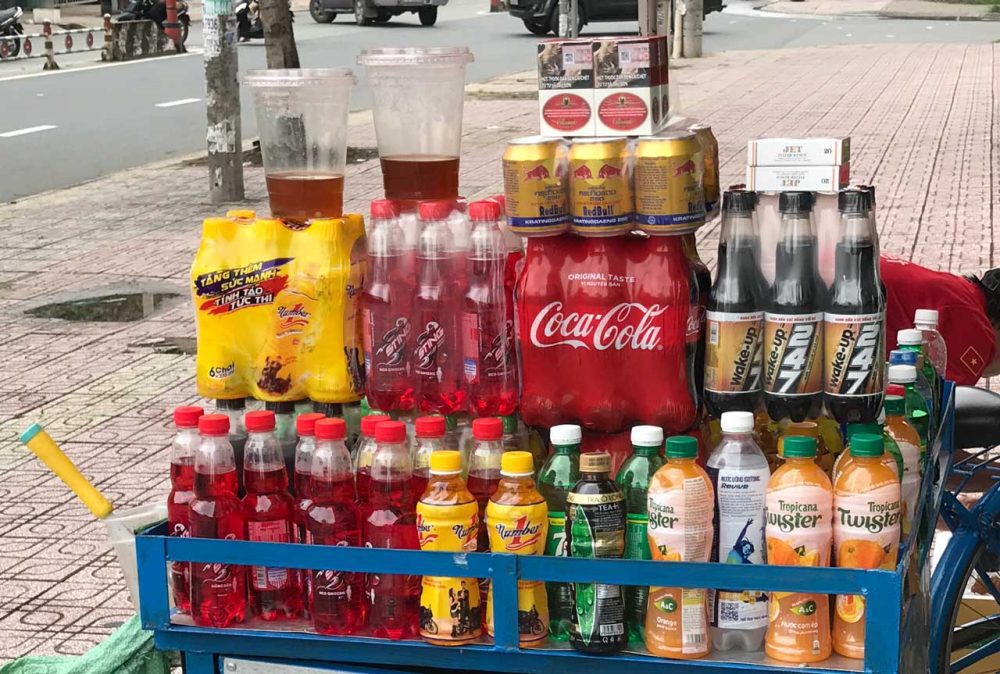Growing Health Problems in SE Asia
 Spread the love
Spread the loveWhen you think of Southeast Asia, one of the last things you may think about is the health and nutrition of its people. The topic of health and nutrition perhaps even sounds silly to talk about for the young and growing populations in Vietnam, Thailand, The Philippines, etc. These cultures are still highly agrarian, and you might think the vigorous activities of daily life are enough to meet any sort of daily exercise and nutritional needs.
However, over the past 10 years, health and wellness are changing and it’s not all for the better. Obesity and diabetes are increasing at a rapid pace in places like Vietnam and the Philippines, especially among children. In Vietnam, the prevalence of diabetes is growing at alarming rates and has almost doubled within the past 10 years. Currently, it’s estimated that one in every 20 Vietnamese adults has diabetes. In addition, the number of people with a pre-diabetic condition is three times higher than those with diabetes. [1]
It’s true that with a growing economy comes lifestyle changes. As countries develop to a middle income country, where the average income increases and urbanization occurs, unhealthy diet and sedentary lifestyles will become more common. Recently even, the World Population Review unveiled in its website the “Obesity Rates†of all countries. In an introductory note, it singled out a particular area. It said: “Some regions of the world, such as Southeast Asia, have seen alarming increases in obesity rates within the past five years.â€
What Opportunities Exist for foreign companies and health providers?The topic of health and nutrition is just starting to begin more openly in this part of the world. Lately, more governments are sponsoring health care reform initiatives and participating in open dialogue about the various health problems. But what about involvement from foreign companies and health providers?
Health care delivery in Southeast Asia has just recently began to rely on significant private enterprise, and seeking private care is now visible across all socioeconomic levels, not just the very rich. This has shaped the way healthcare is financed and organized.
More opportunities exist in healthcare education, primary care service, nutritional supplements, and disease management. Over the past few years, Korean and Japanese companies have invested in the market in a variety of different areas ranging from healthcare products to healthcare service providers, but there is not enough supply to meet the growing demand. Educated consumers in these markets are now looking for alternatives while governments also look to do more in prevention and education.
The healthcare sectors in these countries are not fully developed or transparent, and therefore require a significant amount of fact-finding before entering. However, opportunities exist to help the growing healthcare needs in these countries and outside entities can have an immediate impact.
James Raussen is Managing Director of SEA Solutions, a consulting firm in Southeast Asia. He can be reached at www.solutions-sea.com
[1] “The growing burden of diabetes in Vietnamâ€, World Health Organization, 7 April, 2016.
Apart from this, you can also read Entertainment, Tech, and Health-related articles here: Alyson Hannigan, Brent Rivera net worth, Emma Watson net worth, 444 angel number, 666 angel number, 1616 angel number, 777 angel number, 333 angel number, Dave Portnoy net worth, Lionel Messi net worth, Keanu Reeves net worth, The Equalizer 3, The 100 Season 8, Gina Carano net worth, Bruno Mars net worth, KissAnime, Jim Carrey net worth, PDF Drive, Youtbe, Bailey Sarian Net Worth, Bollyshare, Afdah, Moviezwap, Y8, Jalshamoviez, Project Free TV, Kissasian, Mangago, Jio Rockers, M4uHD, Hip dips, M4ufree, NBAstreams XYZ, CCleaner Browser review, Avocado Calories, Bear Grylls net worth, Highest Paid CEO, The 100 season 8, Sundar Pichai net worth, Grimes net worth, and, F95Zone.
Spread the love